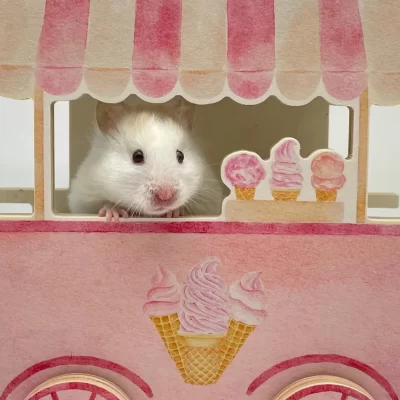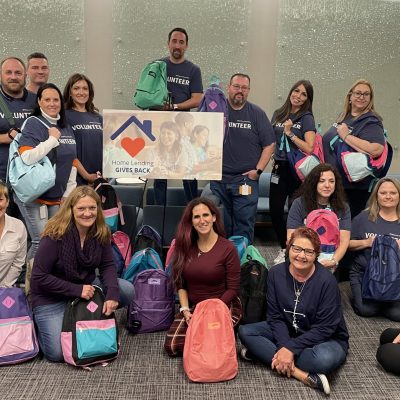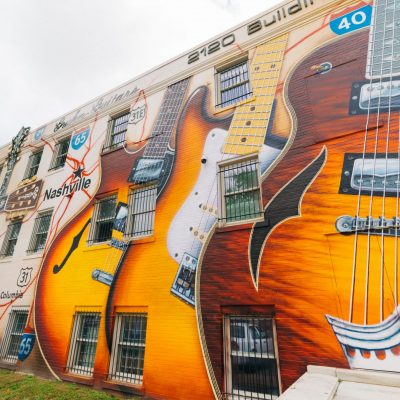10 Questions With Todd Driggers, DVM

Exotic animal veterinarian
1. You specialize in exotic animal medicine and surgery. How did you get into this?
It’s true, I only practice on exotic animals and have been doing this since graduation in 1994. As a child, I loved and still love my dogs and cats but was fascinated with the biology of wild animals. The field of exotic animal med/surgery has developed right alongside my career, and I’ve enjoyed blending biology with the medical. To be sure, I don’t know how I got into it; it was just who I was. On the first day of veterinary school at Purdue, I was asked in front of the class what type of medicine I intended to practice, and I said I wanted to be a turtle vet. They laughed, so did I, but here I am
2. What kinds of animals do you see in your practice?
We see any non-domestic, which means any wild animal, whether it is bred in captivity or is captive or native wildlife. The scope of what we see could range from a small salamander, tortoise, parrot, duck, rabbit or even a cougar. We see domestic potbelly pigs and — surprisingly to most — chickens. We don’t see farm animals or dogs and cats.
3. You recently traveled to Australia to help with rescue and care efforts after the devastating fires. When did your affinity for Australia begin?
I’m fascinated by the wildlife of the world, not just Australia. Admittedly, I rescued some Bennett’s wallabies in 2000 and raised more than a dozen joeys, so, yes, I probably have some Australia leanings. In 2018, I was asked to lecture at an international exotic animal conference in Adelaide and developed some colleague friendships that I’ve maintained.
4. What made you decide to get involved?
I saw devastating pictures of the fires and wildlife, and the photos and videos made me feel helpless and sad. So on January 3, I went from a thoughts-and-prayer mentality to “I have to do something.” I intended to send some money to a colleague and a couple of wildlife rehabilitators (carers) in Australia and hoped to send a couple thousand dollars and potentially help a koala or two. Soon enough, my contacts in Australia signed me up for a temporary license and asked me to man a field station. In three weeks, after lots of media interviews, I raised more than $75,000 that I was able to administrate after visiting. I had technicians, an Aussie vet, a med student and a YouTube media channel operator pay their own way to be on the team, so we booked flights and got underway.
5. What kind of work did you do there?
Upon arrival, the first job was to listen to the needs and assess the given talents and organizations in place that were already developing plans for helping wildlife. We organized visits with several wildlife organizations that were involved in long-term conservation management as well as short-term relief. After reviewing their stories and visions, we pledged a value to them, depending on the tools they needed. From the Central Coast, we headed to South Australia (where my contacts were) and worked at the Adelaide Koala Rescue and South Adelaide Koala Rescue to lend value in the medical support of wild koalas. We placed a lot of IV catheters and administered fluids to some very dehydrated wildlife. We arranged to support carers with money for gas and vet bills to help in collecting field-injured wildlife. We were able to fund two drone operators to use thermal imaging to find injured wildlife for two nights. The second week, we organized with a group of New Zealanders at Helping U Helping Animals (HUHA) and a wildlife facility in Cooma, where we were safe but in the middle of active fires in New South Wales. We treated cockatoos, lizards, eastern grey kangaroos and a lot of koalas for fire-related injuries.
6. Can you describe the level of devastation?
We visited severely burned forest and saw no food where the fires had been. We also saw active flames where the smoke was so thick you couldn’t see the sun. Stressed animals running from the fires also hurt themselves, just escaping the heat.
7. Did you have any particularly notable moments?
When I held Bindi, the wombat, it was magical. I was at the center of life at that moment.
8. What does the future look like for animals in the area?
We are an interconnected world, so without addressing global warming issues, I am afraid for not only the animals but also for us as earth stewards. Long-term conservation projects are essential, not just short-term relief for wildlife caught in fires. If we save the animals without conserving their habitat, we have lost the battle. The fruit bats are huge pollinators and seed dispersers there, so helping them, long-term, will help the fire areas tremendously, as long as we get enough help from rains and other climatic events.
9. How can people continue to help?
Vote for politicians who invest in technology that decreases the carbon loads, or support research that replaces these fuels altogether with such things as zero-point energy, solar, wind, etc.
10. Is there anything else you’d like to share?
I’m grateful for the opportunity to serve in the way that I can, for all of those who went, care, or contributed to the campaign, or who advocate for the betterment of lives they steward in their own homes.






